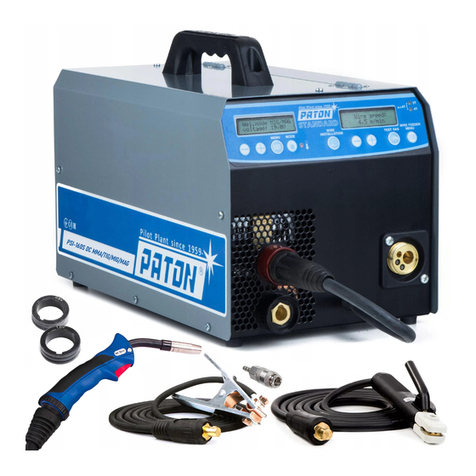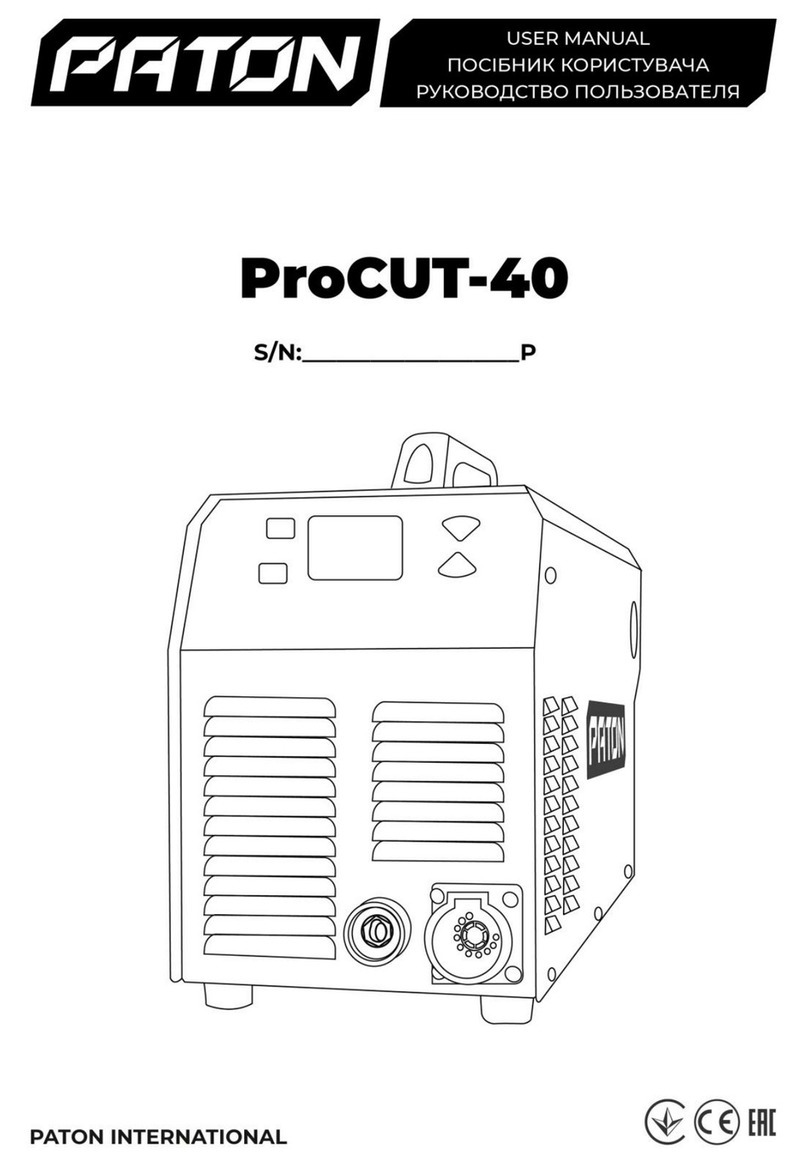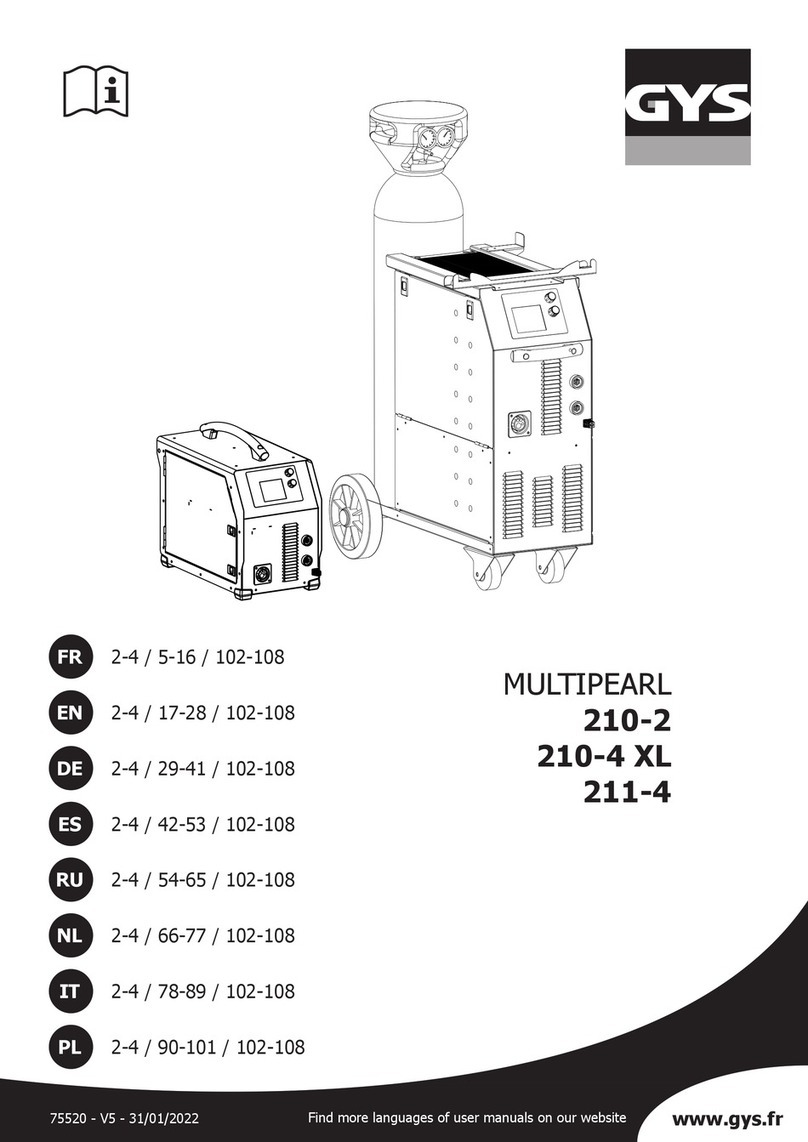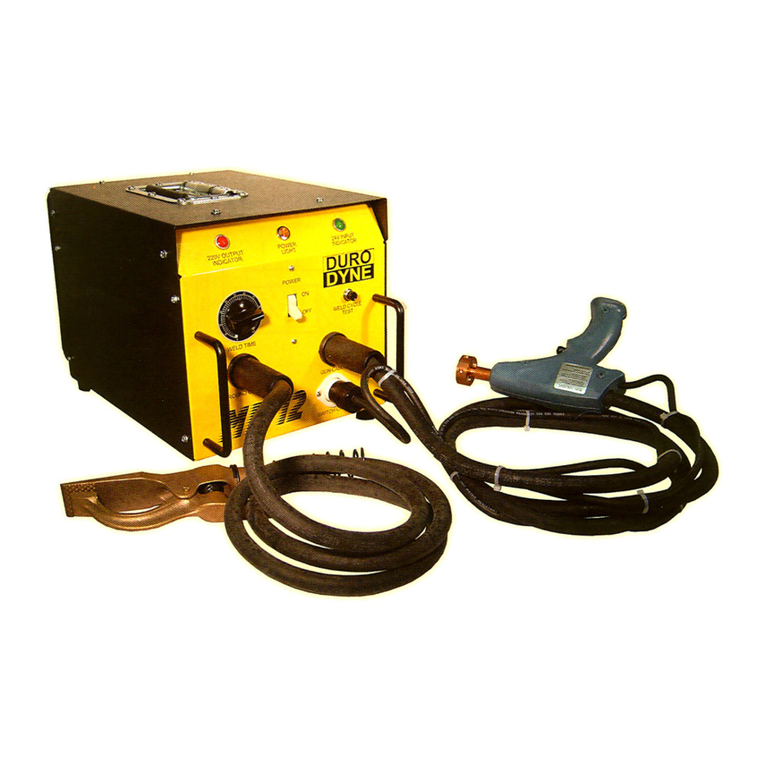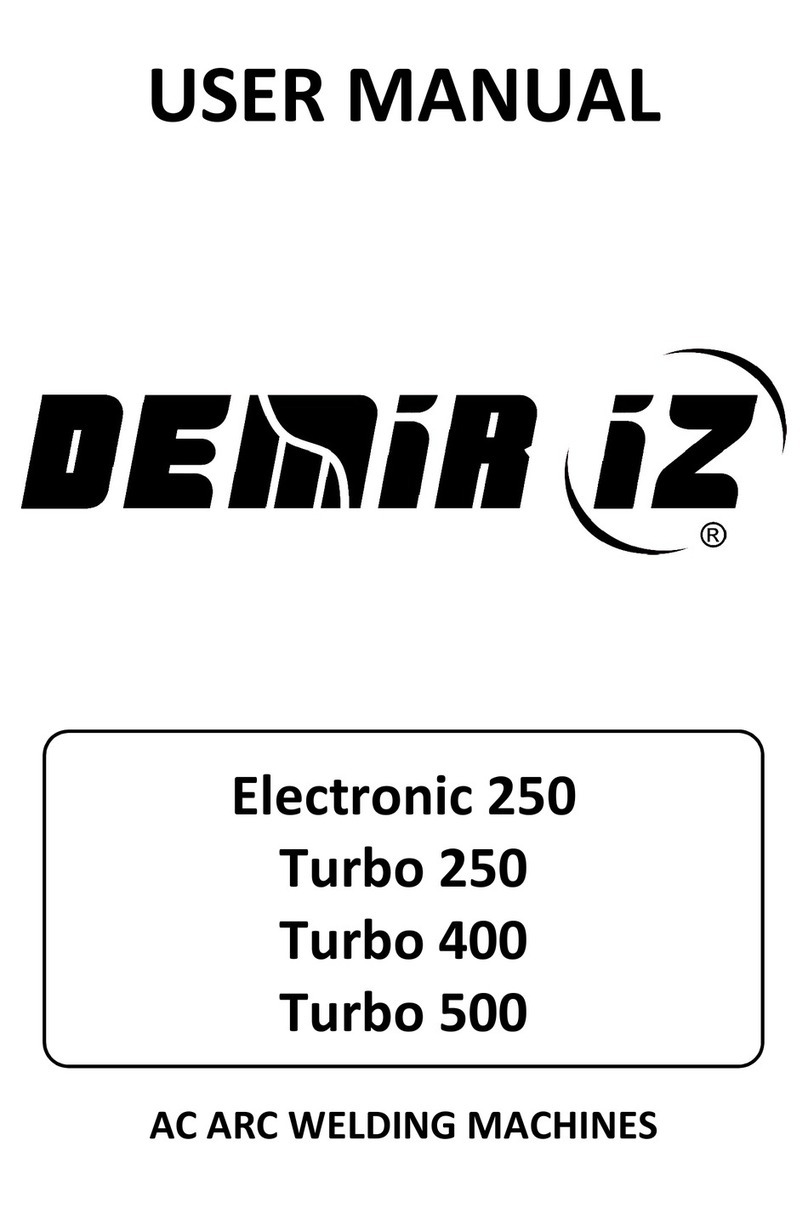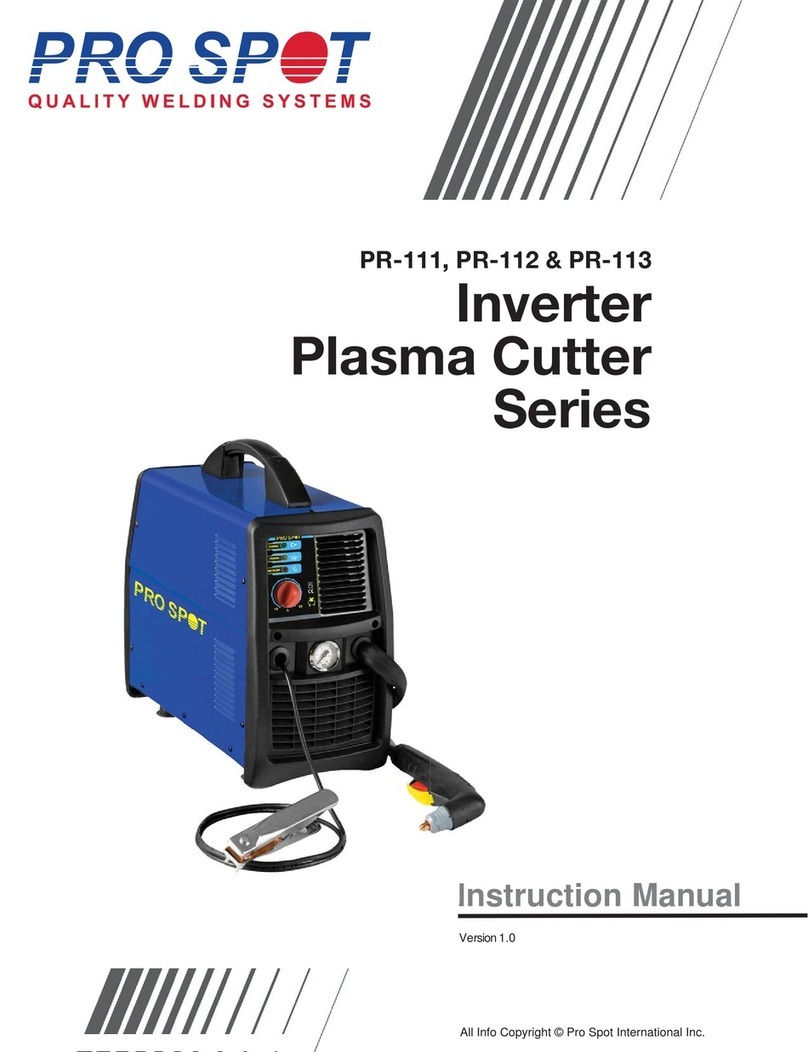Paton MultiPRO-250 User manual




















Other manuals for MultiPRO-250
1
This manual suits for next models
2
Table of contents
Other Paton Welding System manuals
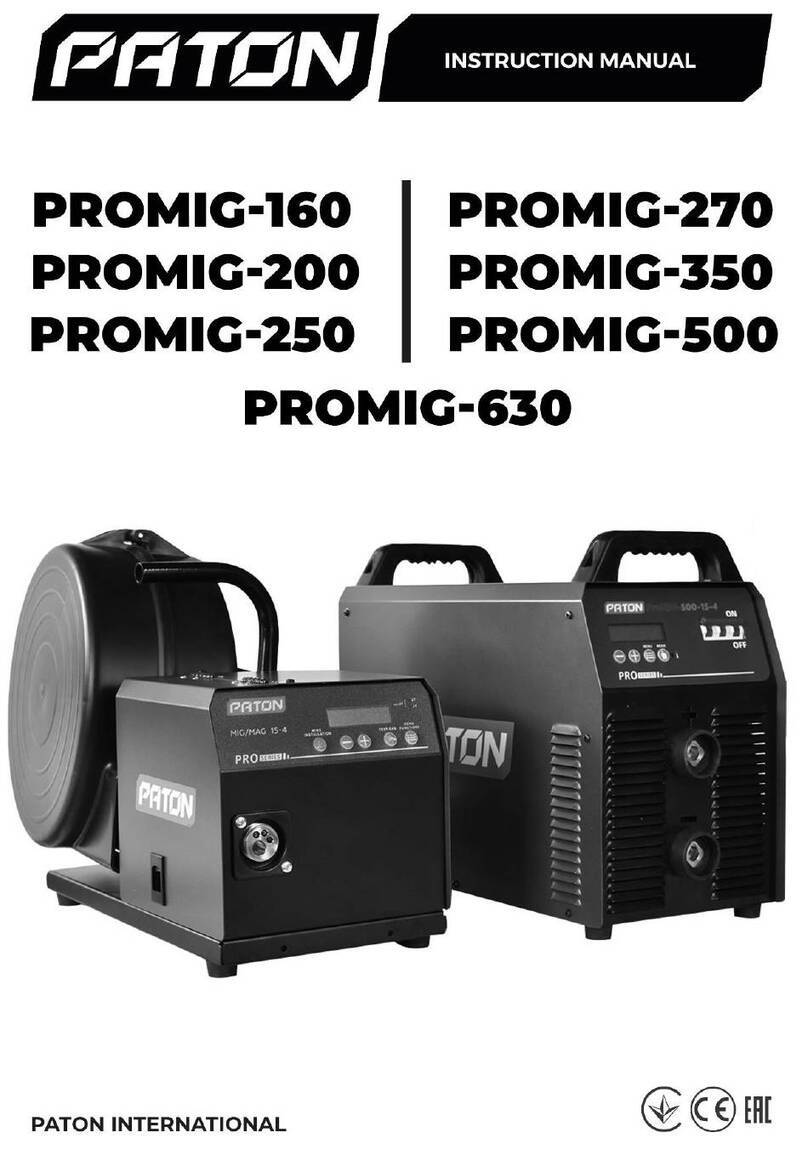
Paton
Paton PROMIG-160 User manual

Paton
Paton Cooler-7 User manual

Paton
Paton StandardMIG-160 Instruction Manual
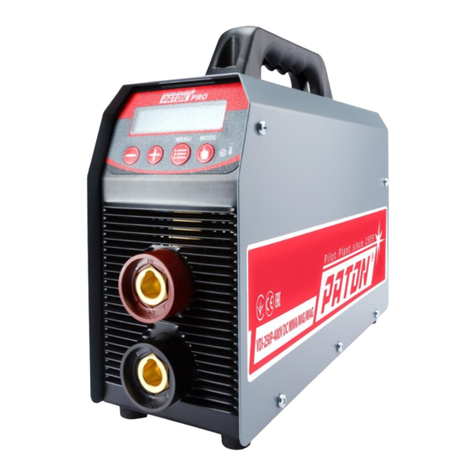
Paton
Paton VDI 160 PRO User manual
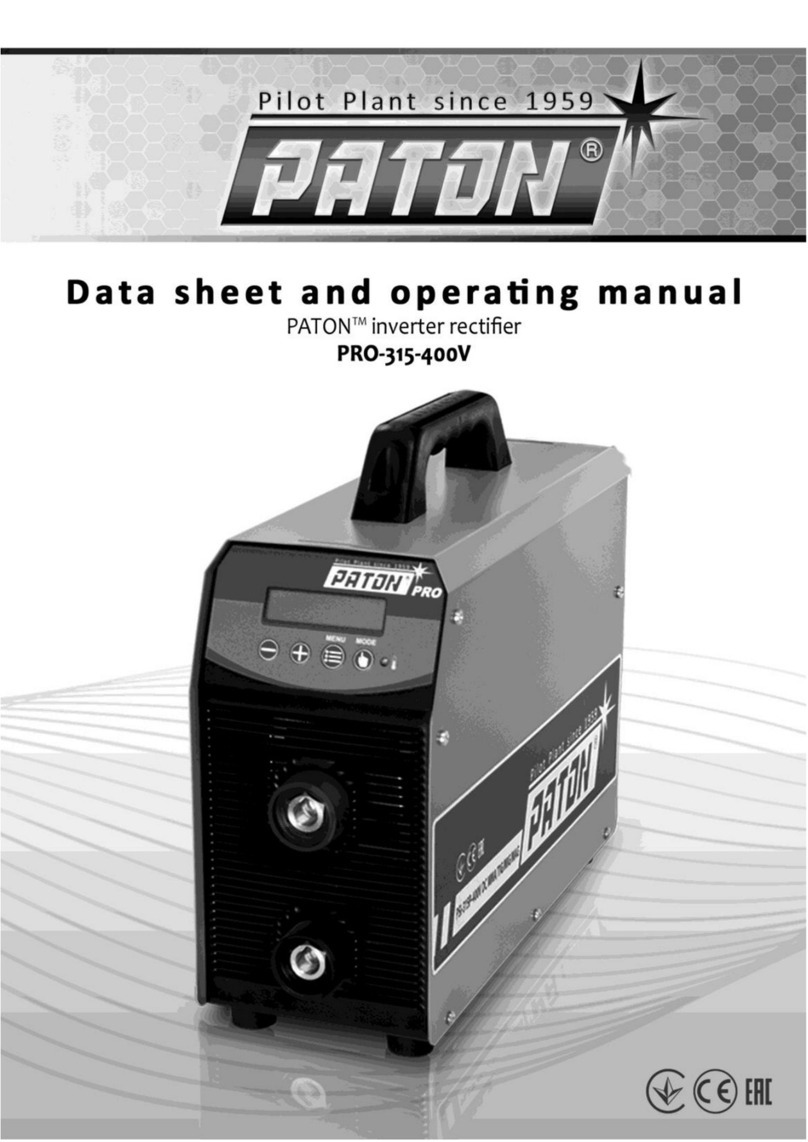
Paton
Paton PRO-315-400V Instruction Manual
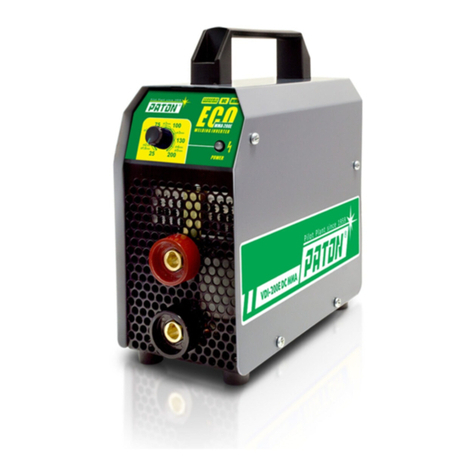
Paton
Paton MINI User manual

Paton
Paton STANDART-350-400V User manual
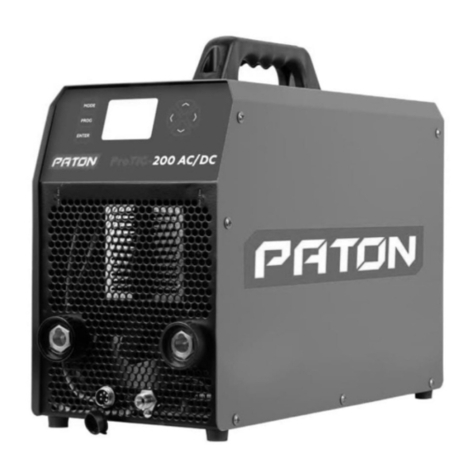
Paton
Paton ProTIG-200 User manual
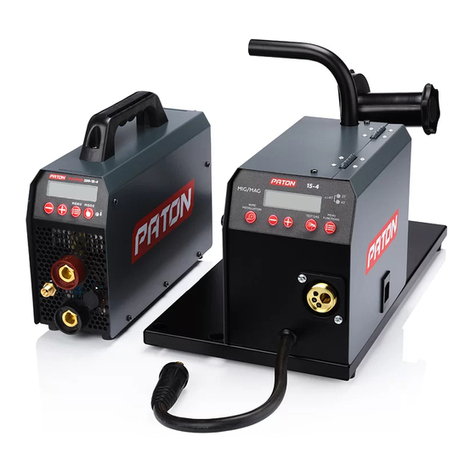
Paton
Paton MultiPRO Series Instruction Manual

Paton
Paton PRO-160 User manual
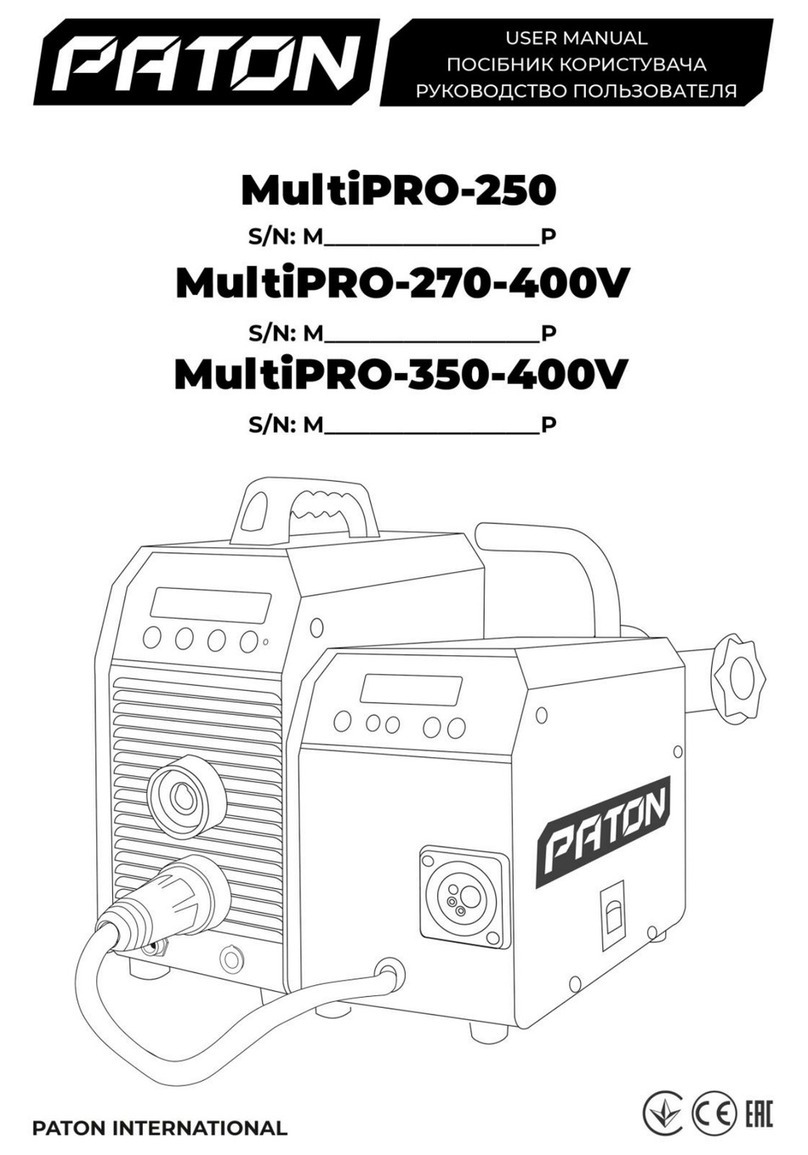
Paton
Paton MultiPRO-250 User manual
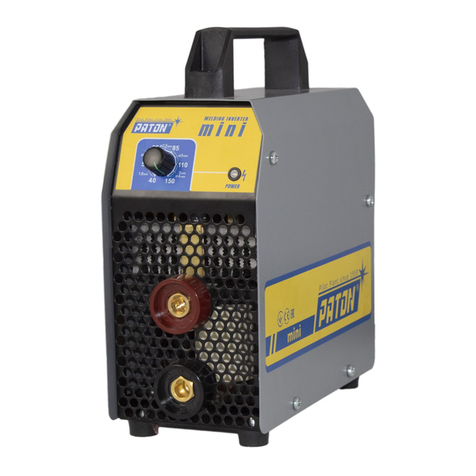
Paton
Paton VDI 150 MINI User manual
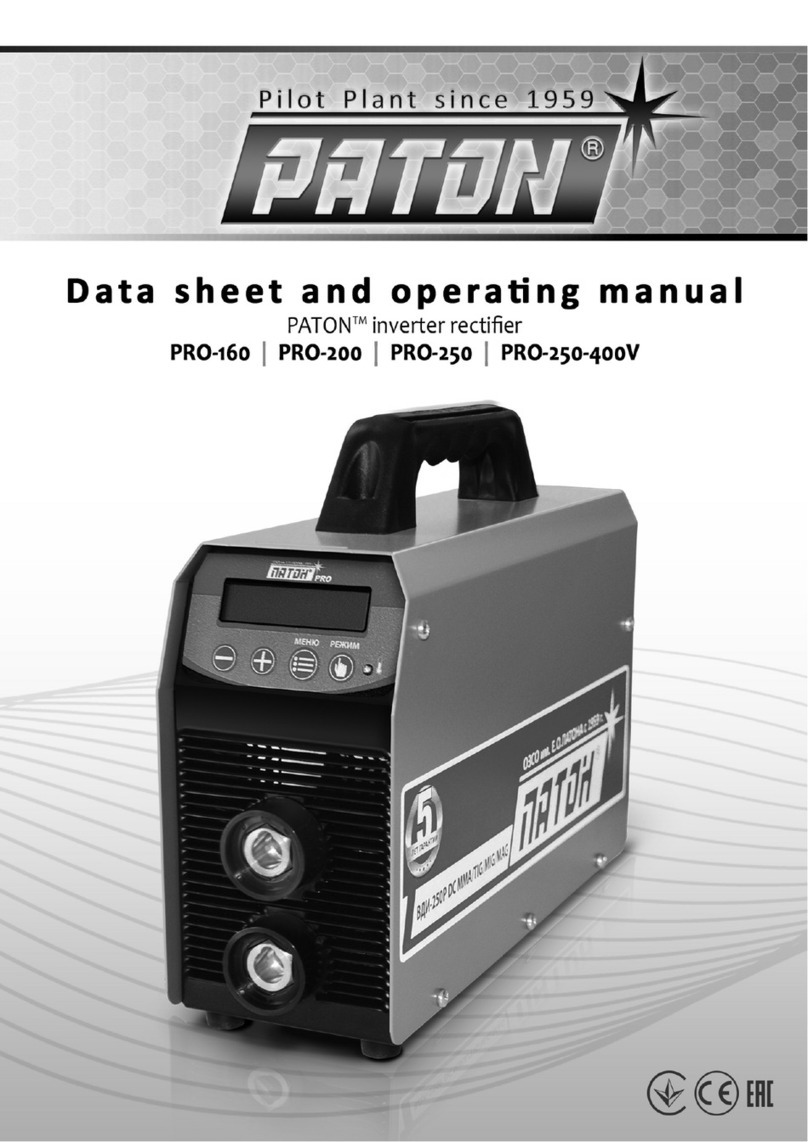
Paton
Paton PRO-160 Instruction Manual
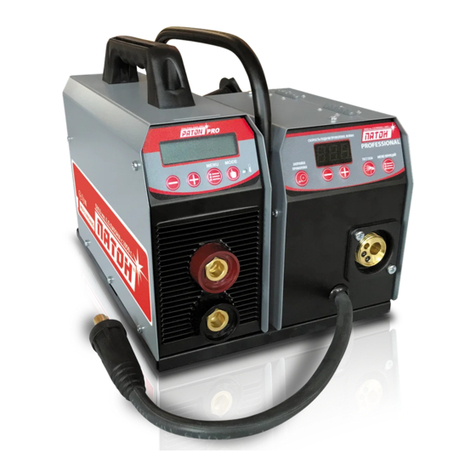
Paton
Paton ProMIG-200 User manual
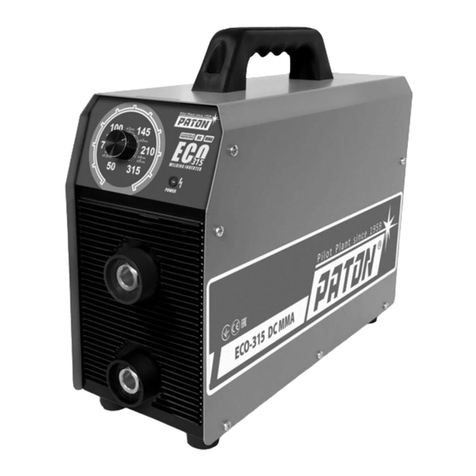
Paton
Paton ECO Series Instruction Manual

Paton
Paton MINI User manual
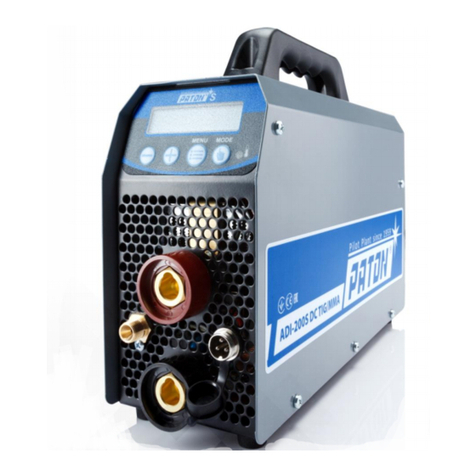
Paton
Paton ADI 160 STANDARD User manual
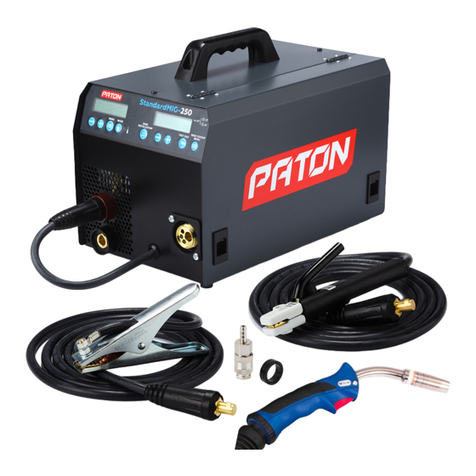
Paton
Paton StandardMIG-160 User manual

Paton
Paton MMA-160P User manual

Paton
Paton VDI-160E User manual
Popular Welding System manuals by other brands
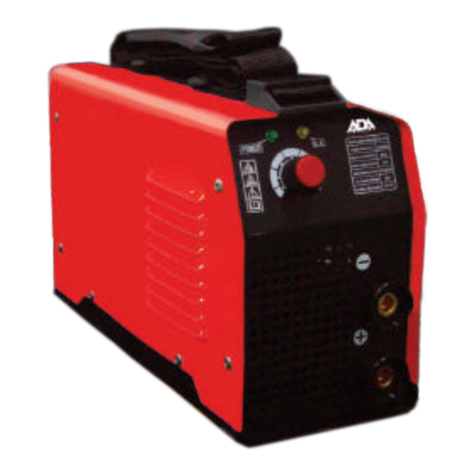
ADA INSTRUMENTS
ADA INSTRUMENTS IronWeld 160 operating manual

Lincoln Electric
Lincoln Electric PRO IM10031-A Operator's manual
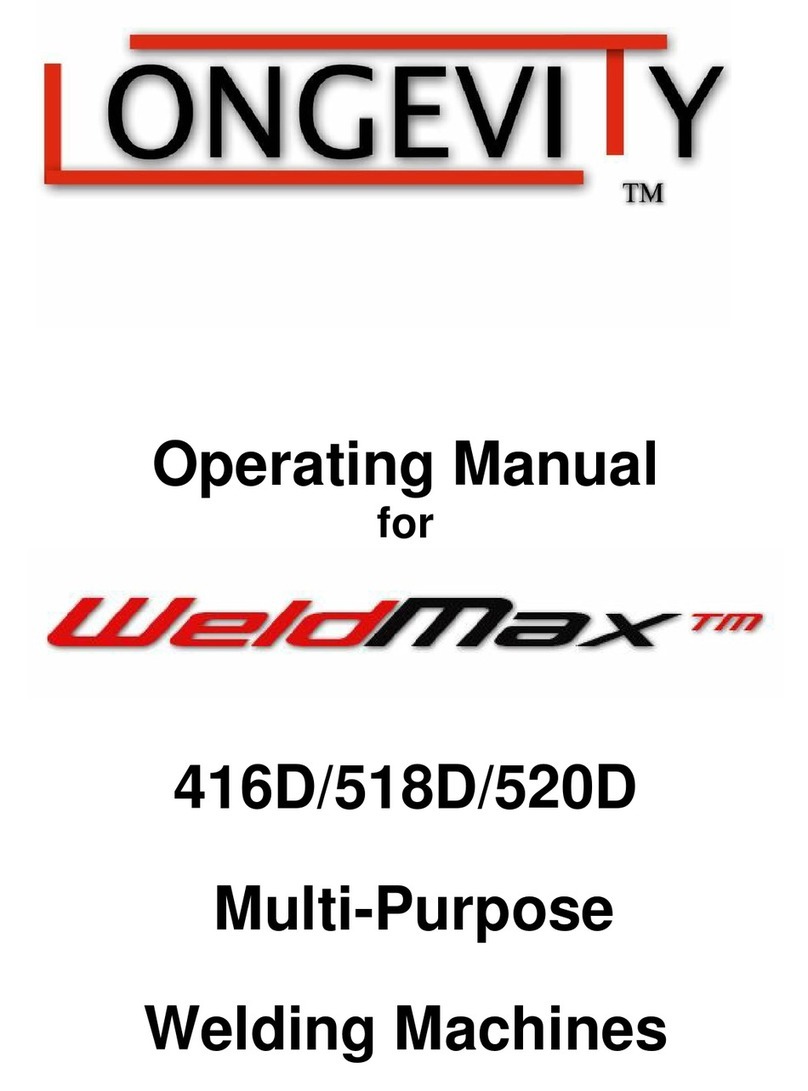
Longevity
Longevity WeldMax 520D operating manual
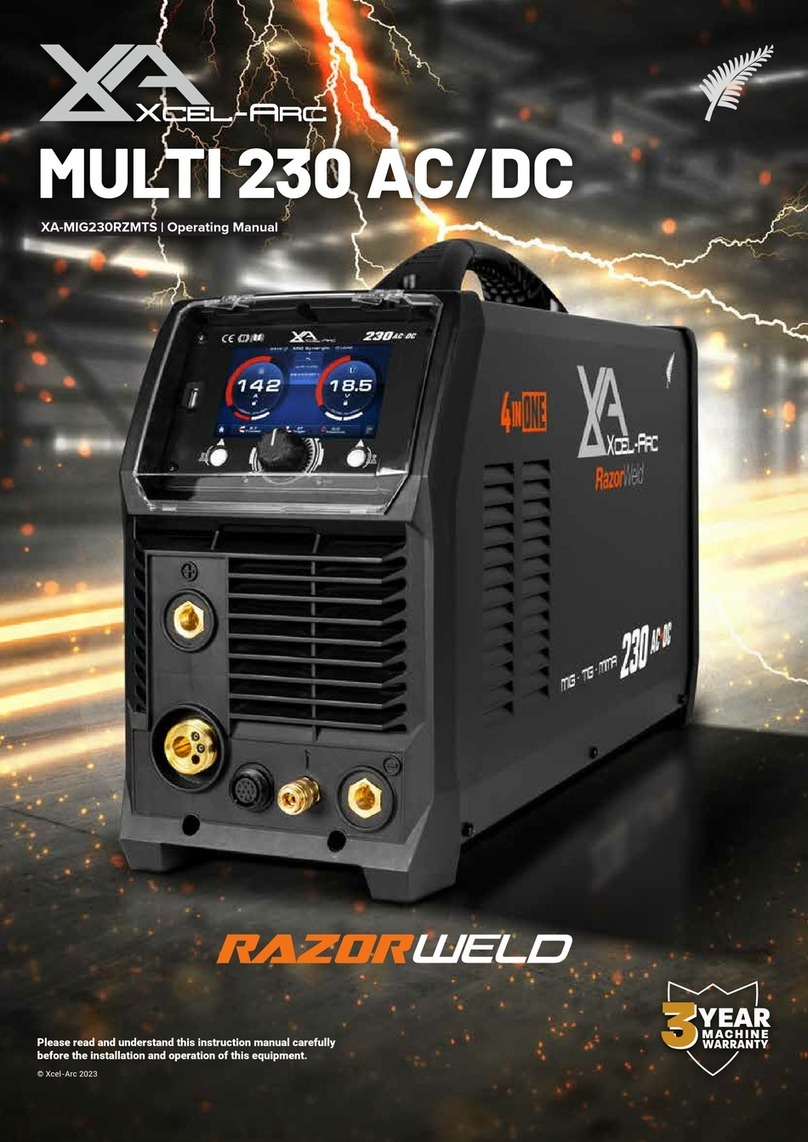
Razorweld
Razorweld Xcel-Arc MULTI 230 AC/DC operating manual
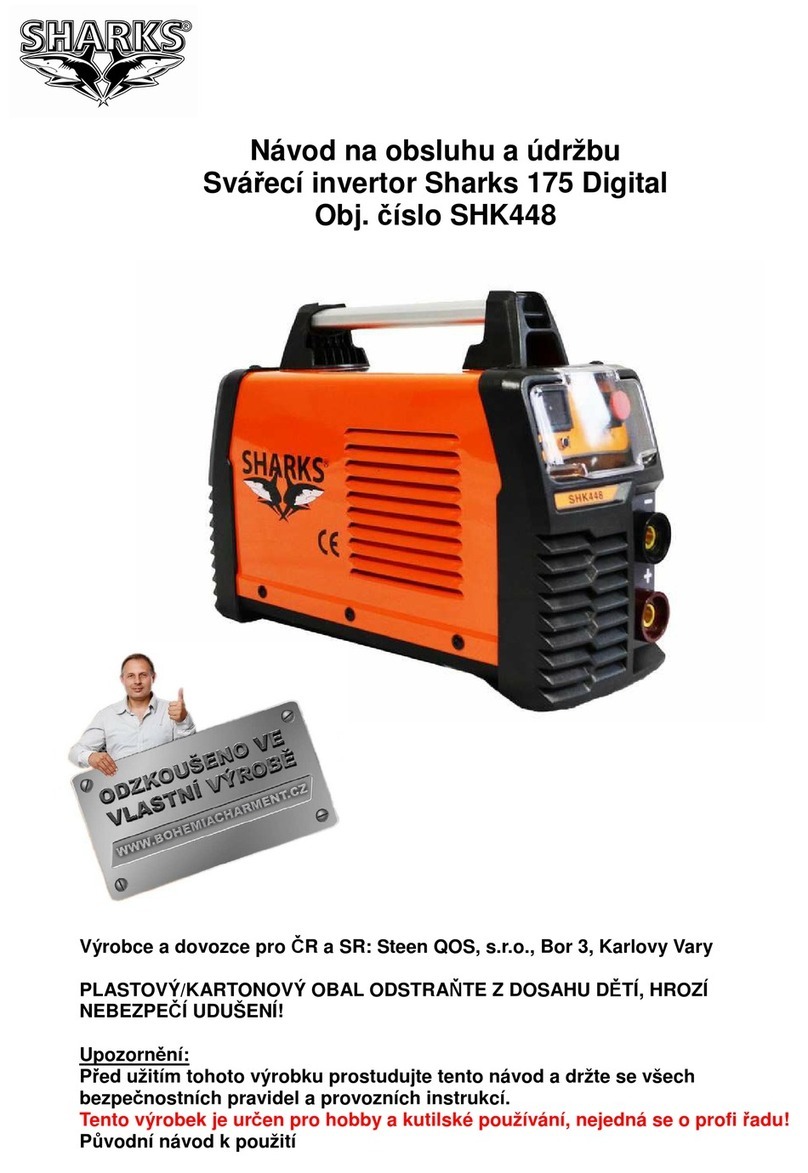
SHARKS
SHARKS 175 Digital Instruction for operation and maintenance
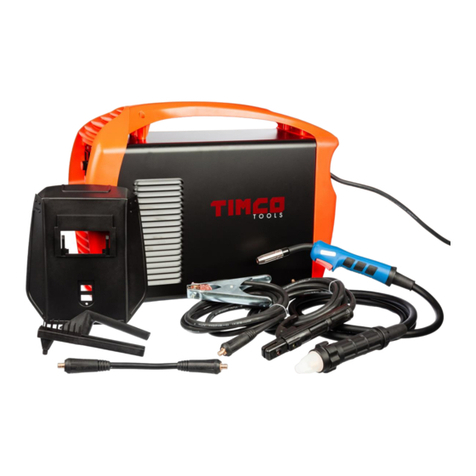
Timco Tools
Timco Tools Mi160MIG Operation manual

Furukawa electric
Furukawa electric S179A Quick reference guide
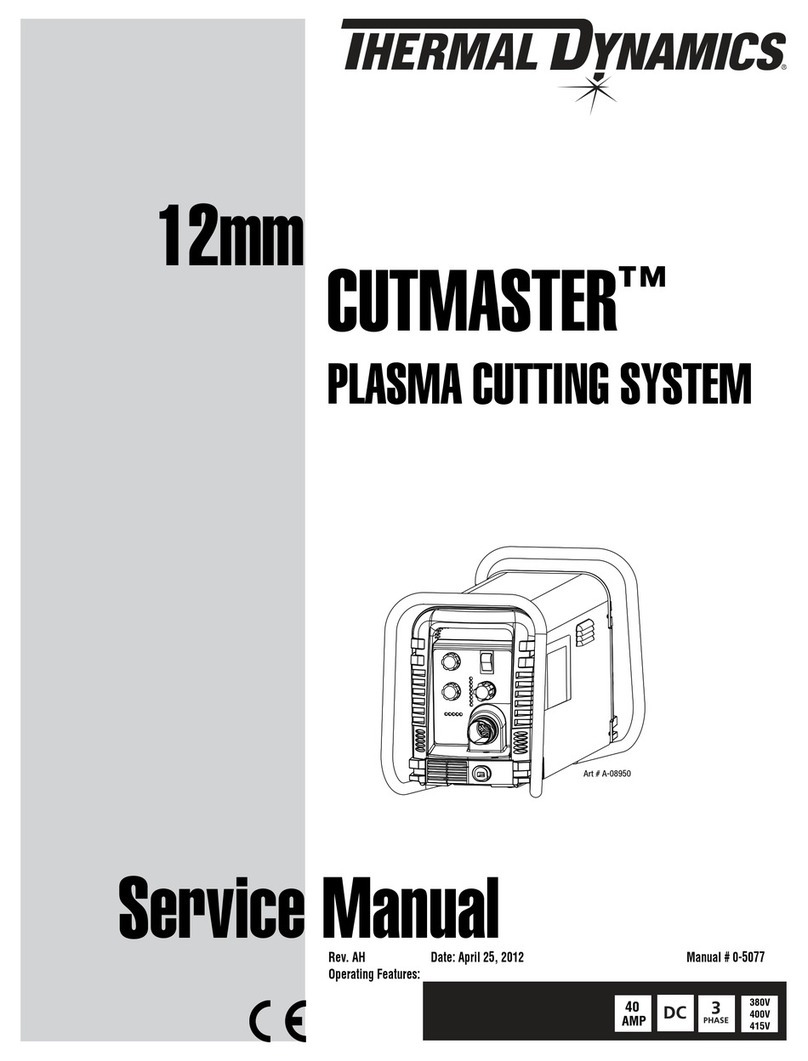
Thermal Dynamics
Thermal Dynamics A-08950 Service manual
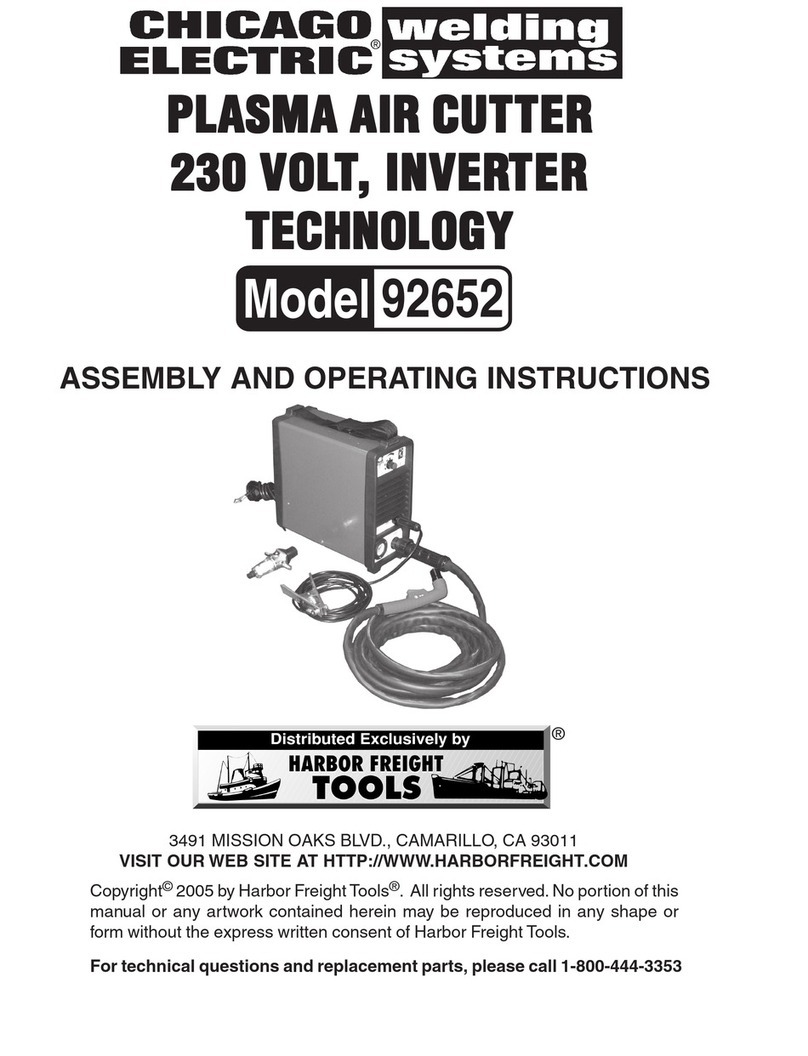
Chicago Electric
Chicago Electric 92652 Assembly and operating instructions

ESAB
ESAB WARRIOR EDGE 500 quick start guide
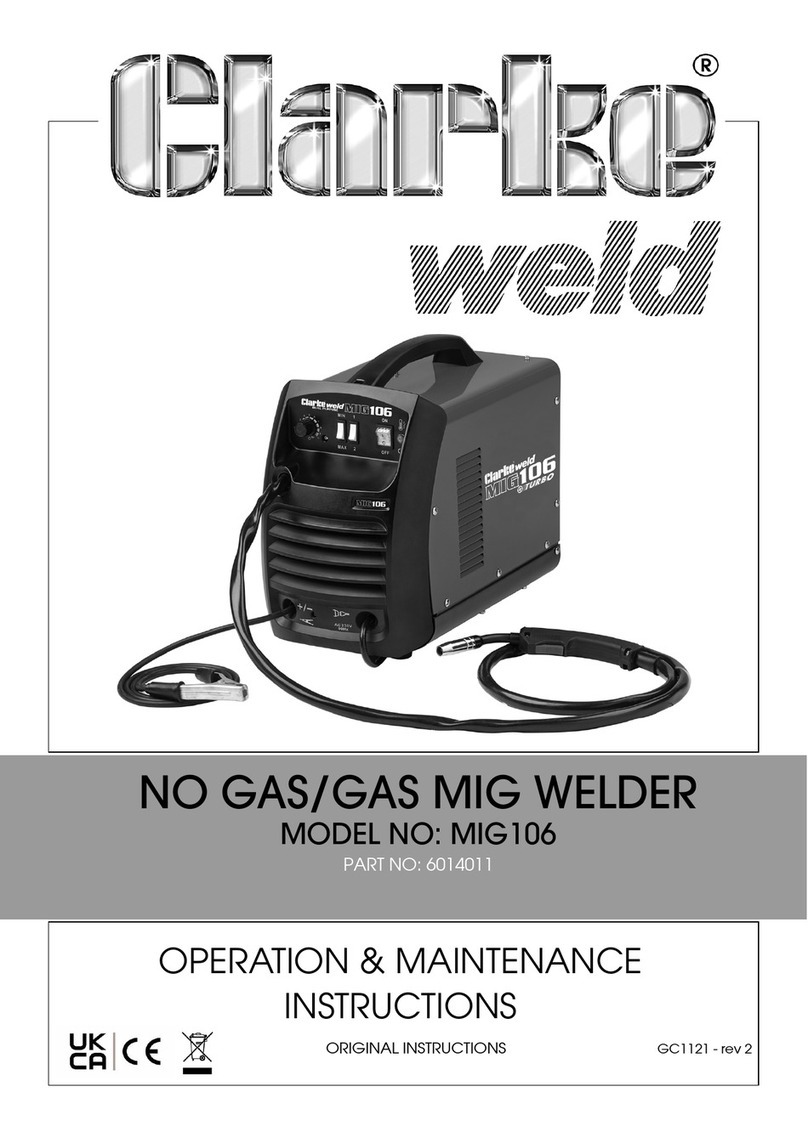
Clarke
Clarke MIG106 Operation & maintenance instructions

STAMOS
STAMOS S-ALU 220 UK user manual
